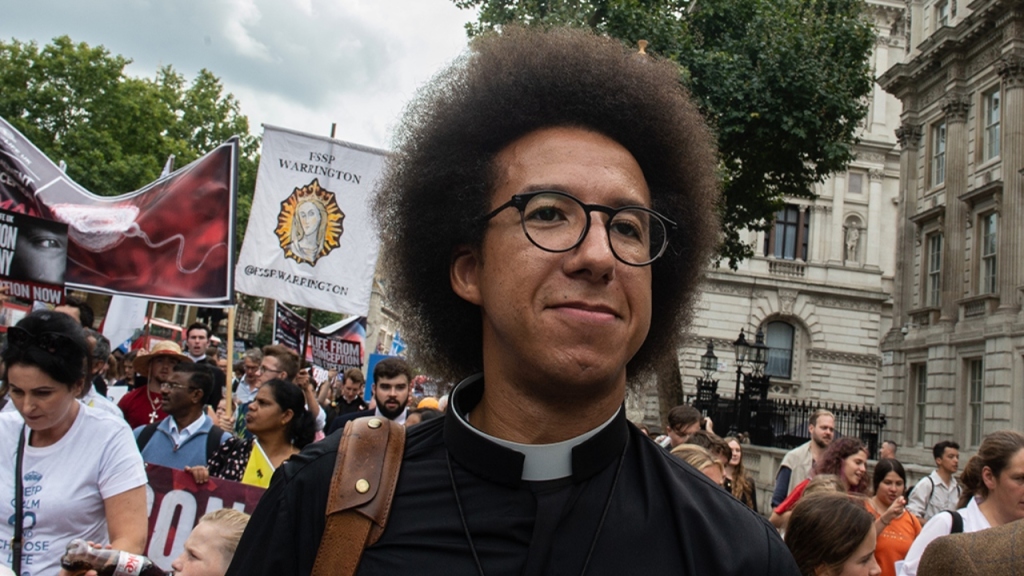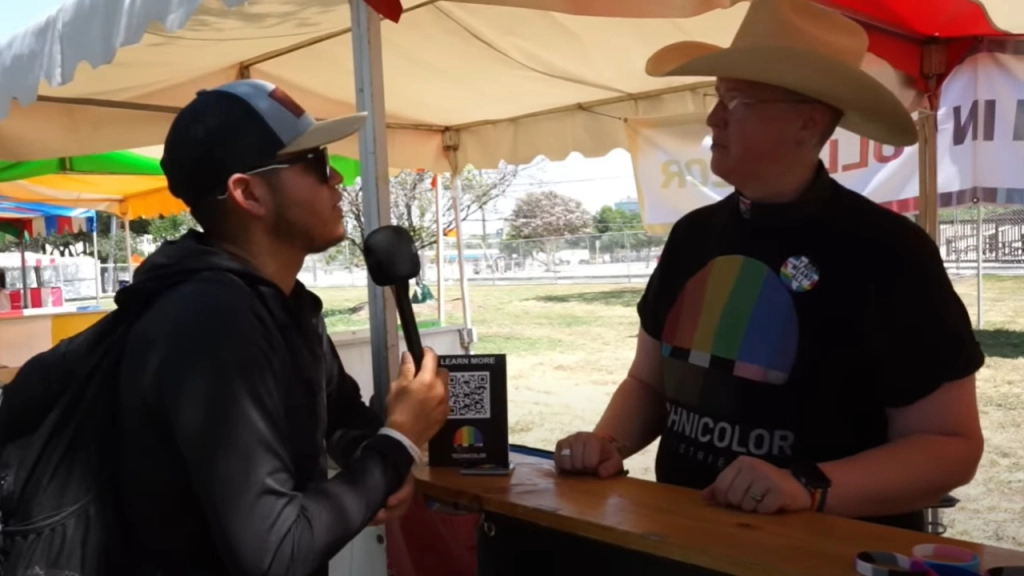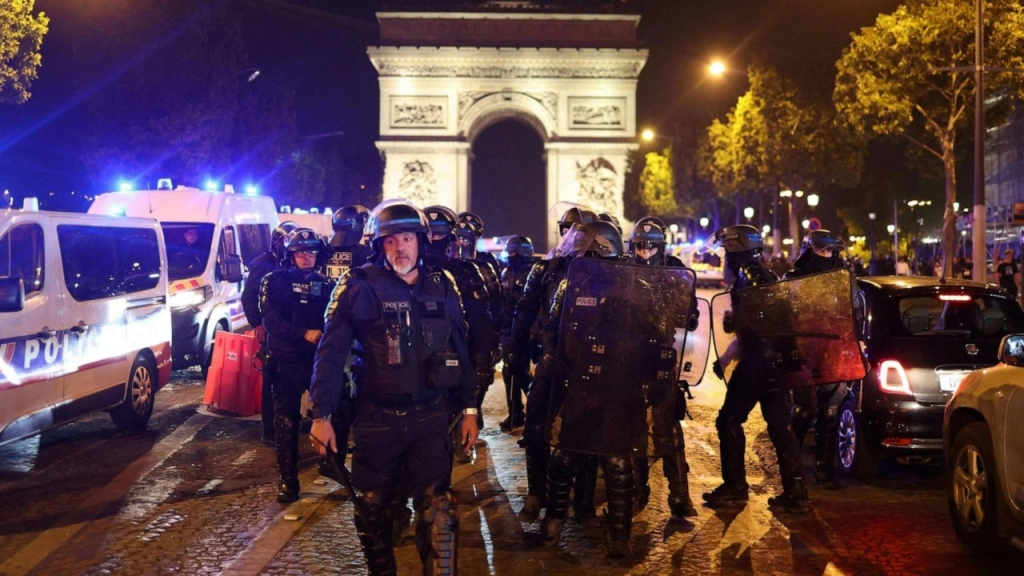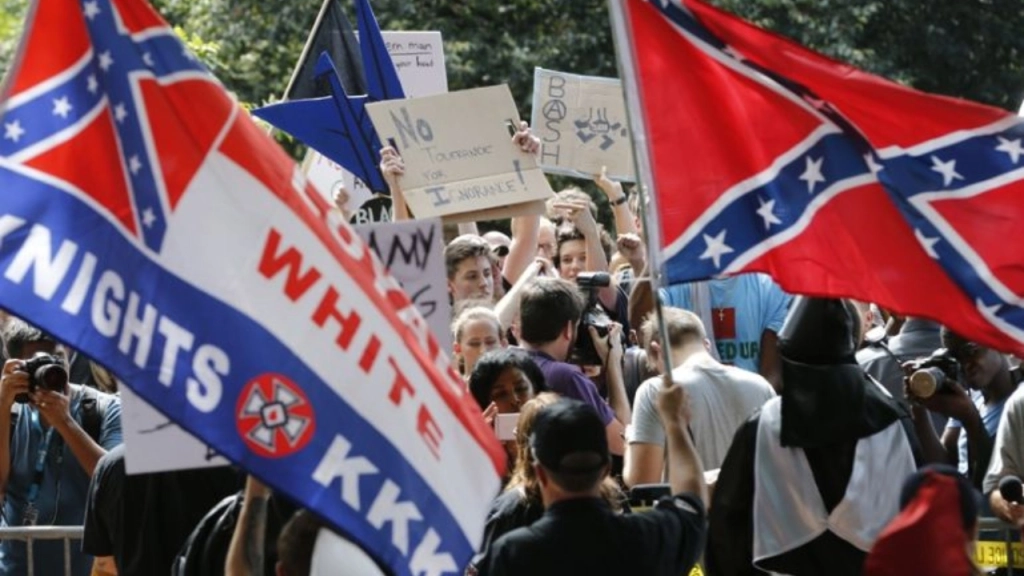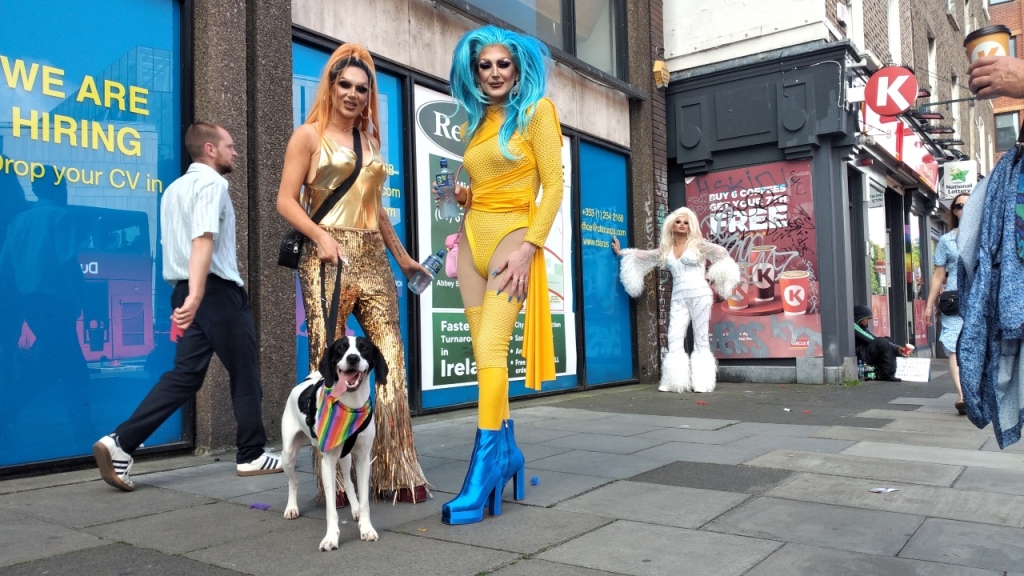UNPRECEDENTED TIMES
Having achieved some political power, the far-right is now waging a war against its enemies inside the state and scapegoating soft targets. It is time to resist.
In recent years, starting from the global financial crisis of 2007 and developing through the various political crises it has fuelled, western society has experienced a significant political rightward drift. Responding to the social instability caused by the greatest economic crisis since the Wall Street Crash of 1929, extreme far-right movements began to make their presence felt in the West’s hinterland of eastern Europe. Populist groups like Jobbik in Hungary, with their unsettling demonstrations of confident ethno-nationalism and fascistic aesthetics, sent a chill across Europe.
Within a decade, the strident and explicitly neo-Nazi popular far-right politics of Hungary, Poland, and Ukraine were resonating in the heart of Europe. This was the first blush of a truly awakened far-right in western Europe; Alternative für Deutschland in Germany, Front National in France, Lega Nord in Italy, and UKIP in Britain. The fallout in the Middle East of a US-led series of military interventions fed the inferno of Islamophobia sweeping across Europe and North America and mobilised an aggressive far-right on the question of immigration.
In short order, this wave of atavistic nationalism shifted mainstream political discourse to the right. Centre right and right-wing conservative parties began a race to the right to win back the votes that were haemorrhaging to the extreme right. Britain is perhaps the best example of this rapid shift of the Overton Window and the sliding of mainstream political parties — even traditionally left-wing parties — to the right, resulting in the still unfolding catastrophe of Brexit and neo-isolationism. Now in the United Kingdom, the Conservative Party occupies the ground formerly held by UKIP and its feeder groups; the British National Party and the English Defence League.
This was the first phase of the far-right’s strategy, to move politics on a narrative of fear focussed on external threats. Immigration and the invented threat of ‘Islamo-fascist terrorism’ functioned to herd voters towards authoritarian solutions, and this continued to work until the right had obtained its objective of securing power. While immigration still motivates the street politics of the far-right, Islamophobia is now surplus to requirement. Thought a foreign threat, Islam loses much of its usefulness once the far-right has secured power. With power secured, the far-right moves — as it is now doing — to the second phase; crushing internal threats.
Almost as soon as Donald Trump was elected to the White House in 2016, the so-called ‘alt-right’ in the United States turned its attention to its domestic opposition. Every form of political and popular resistance was branded ‘radical left’ — appealing to the deep-seated American cultural anxiety about Communism. Programmed Cold War fears were weaponised against the American population in a new kind of McCarthyism, effectively beating the political left into submission. Social justice campaigns and African American protest against police violence and systemic racism were lumped into the ridiculed and castrated idea of ‘Woke’ — a term the right had successfully appropriated from black resistance in order to capture the narrative.
Yet, the fascists understand that their position at present is still precarious. Their victory is not complete. Their grasp on power is still too fragile to take on their opponents in a frontal assault. Phase two, as we saw with the rise of European fascism in the early twentieth century, has two parts; the swift crippling of organised opposition before consolidating its hold on power by uniting its own factions around the victimisation of an identified and powerless disorganised group. We are now reaching the high water mark of the second chapter of phase two — the wholesale isolation, demonisation, and destruction of a targeted outsider group.
Right across North America and Europe the pressure is on transgender and queer people, as a soft target, aimed at stripping the entire LGBTQ+ community of its support. This was precisely the modus operandi of the Nazis in 1930s Germany. Before Hitler felt secure enough to openly attack Jews and other more organised and socially accepted minorities, he forged group cohesion on the radical right around the victimisation of the Jugendverführer and the Jugendverderber — the ‘groomers’ and ‘corrupters’ of the young. Does this sound familiar?
Scapegoating transgender people — particularly transgender women — is absolutely essential to the far-right’s agenda. It does a number of important things. Firstly, it unites the right (which is never as united as it often appears) and social conservative opinion around a manufactured narrative of these ‘groomers,’ ‘deviants,’ and ‘perverts’ being ‘predators’ and a danger to [weak and defenceless] women and innocent [Aryan] children. Such people, in the far-right imagination, defile the nation and fail to embody the godlike masculinity of the superman.
The shared pleasure of brutalising these targeted outcasts unites the various factions of the far-right in a species of blood-brotherhood, in a shared culpability in violence. The expulsion of this identified internal threat wins greater support from conservatives who would otherwise be suspicious of the extreme right, and — more importantly — it sends a strong message to everyone else in society to sit down and shut up.
René Girard, the French theorist, explained these dynamics in his Mimetic Theory of Desire and his explanation of the Scapegoating Mechanism. As Nietzsche laid out, the will to power is one of the strongest human drives — and this is an idea the extreme right fetishises. But the will to power, as a universal human drive, creates conflict — and these conflicts create weaknesses within the movement. Girard explains that it is the very desire for power that makes power desirable; as one faction desires power, so other factions see power as desirable. The far-right is not a single entity. It is a movement like other political movements, made up of competing factions. Unchecked, this endless — almost Hobbesian conflict — would lead to the breakdown of society and to chaos.
This ‘crisis of power’ is overcome in all societies by the identification and expulsion of sacrificial scapegoats. We should not think that this is limited to the extreme right. We all do it. At a deep psychological level, the scapegoat forges group cohesion after the crisis of power has been resolved. People seek outgroups to scapegoat — on which to blame all of the society’s woes and failures. This psychology was understood by the authors of the Hebrew Bible:
Then Aaron shall lay both his hands on the head of the live goat, and confess over it all the iniquities of the people of Israel, and all their transgressions, all their sins, putting them on the head of the goat, and sending it away into the wilderness by means of someone designated for the task. The goat shall bear on itself all their iniquities to a barren region; and the goat shall be set free in the wilderness.
Leviticus 16:21–22
In Ancient Greece there were rituals which people performed in times of social crisis where one person was sacrificed or cast out in an effort to remove guilt from the community. This scapegoat (the pharmakos, the katharma, or the peripsima) would usually be someone from the lowest — least powerful, most vulnerable — levels of society; a criminal, a slave, a poor person. Doubtless, this was one of the origins of animal sacrifice; as beasts were substituted for people (the past was the worst). This bloody act of sacrifice affected a moment of catharsis. A peace was felt across the community once the scapegoat was slaughtered. This too is echoed in the Bible’s understanding of sacrifice:
For in him all the fullness of God was pleased to dwell, and through him God was pleased to reconcile to himself all things, whether on earth or in heaven, by making peace through the blood of his cross.
Colossians 1:19–20
It is this deep psychology the far-right is right now trying to tap into. In order to resolve its own internal divisions, the far-right has identified an outcast on which to place all the blame for everything that is wrong with society. We are being invited to participate in this violence so that we might, for a moment, feel a sense of relief and peace that we have punished the monstrous evils of paedophilia, child abuse, and perversion. This will make us complicit in the crime and so accomplices of the new far-right regime. This sacrifice binds us to our new masters as subjects.
But all of this is constructed on lies. Transgender people are no more likely to sexually abuse children than any cis-gender heterosexual man or woman in society. We know this to be true. We remember when this same schtick was deployed against Muslims — ‘grooming gangs’ and ‘rapefugees’ — and against gay men. This is a hallmark of the far-right. Bringing people together around the campfire of prejudice and intolerance is its stock-in-trade. Our failure to resist the right and stand with those it wants to victimise will result, as it always does, in catastrophe. Today, defending trans people and the LGBTQ+ community from these fascist thugs is the first battle in the defence of our whole society.
Citation: McCann, Jason Michael. “Scapegoating: Phase 2.1 of the Fascist Takeover.” Unprecedented Times (blog), 14 June 2023. https://unprecedentedtimes.org/2023/06/14/scapegoating-phase-2-1-of-the-fascist-takeover/.
Jason Michael McCann M.Phil.
Biblical Studies and Hebrew
Race, Ethnicity, and Conflict

